ZHCSO54A May 2021 – November 2021 CC1352P7
PRODUCTION DATA
- 1 特性
- 2 应用
- 3 说明
- 4 Revision History
- 5 Device Comparison
- 6 Terminal Configuration and Functions
-
7 Specifications
- 7.1 Absolute Maximum Ratings
- 7.2 ESD Ratings
- 7.3 Recommended Operating Conditions
- 7.4 Power Supply and Modules
- 7.5 Power Consumption - Power Modes
- 7.6 Power Consumption - Radio Modes
- 7.7 Nonvolatile (Flash) Memory Characteristics
- 7.8 Thermal Resistance Characteristics
- 7.9 RF Frequency Bands
- 7.10 861 MHz to 1054 MHz - Receive (RX)
- 7.11 861 MHz to 1054 MHz - Transmit (TX)
- 7.12 861 MHz to 1054 MHz - PLL Phase Noise Wideband Mode
- 7.13 861 MHz to 1054 MHz - PLL Phase Noise Narrowband Mode
- 7.14 Bluetooth Low Energy - Receive (RX)
- 7.15 Bluetooth Low Energy - Transmit (TX)
- 7.16 Zigbee and Thread - IEEE 802.15.4-2006 2.4 GHz (OQPSK DSSS1:8, 250 kbps) - RX
- 7.17 Zigbee and Thread - IEEE 802.15.4-2006 2.4 GHz (OQPSK DSSS1:8, 250 kbps) - TX
- 7.18 Timing and Switching Characteristics
- 7.19 Peripheral Characteristics
- 7.20 Typical Characteristics
- 8 Detailed Description
- 9 Application, Implementation, and Layout
- 10Device and Documentation Support
- 11Mechanical, Packaging, and Orderable Information
7.20.5 TX Performance
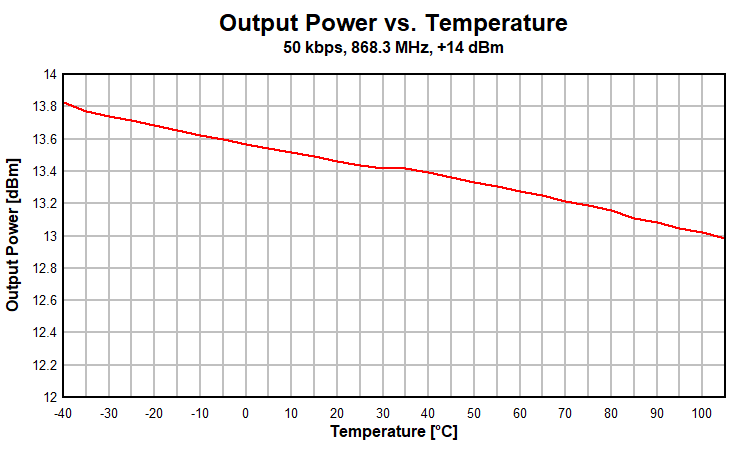 Figure 7-35 Output Power vs. Temperature (50 kbps, 868.3 MHz)
Figure 7-35 Output Power vs. Temperature (50 kbps, 868.3 MHz)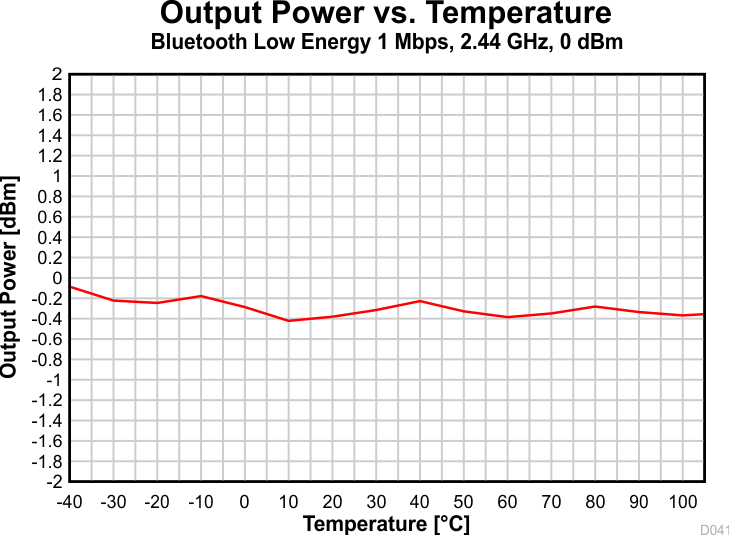 Figure 7-37 Output Power vs. Temperature (Bluetooth Low Energy 1 Mbps, 2.44 GHz)
Figure 7-37 Output Power vs. Temperature (Bluetooth Low Energy 1 Mbps, 2.44 GHz)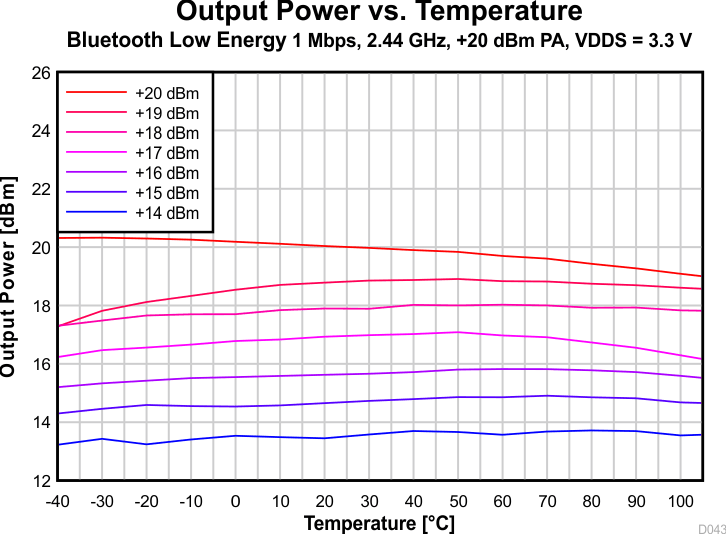 Figure 7-39 Output Power vs. Temperature (Bluetooth Low Energy 1 Mbps, 2.44 GHz, +20 dBm
PA)
Figure 7-39 Output Power vs. Temperature (Bluetooth Low Energy 1 Mbps, 2.44 GHz, +20 dBm
PA)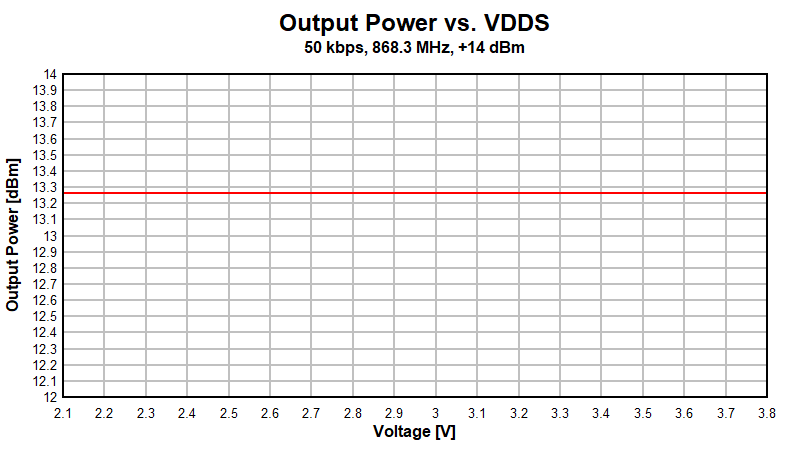 Figure 7-41 Output Power vs. Supply Voltage (VDDS) (50 kbps, 868.3
MHz)
Figure 7-41 Output Power vs. Supply Voltage (VDDS) (50 kbps, 868.3
MHz)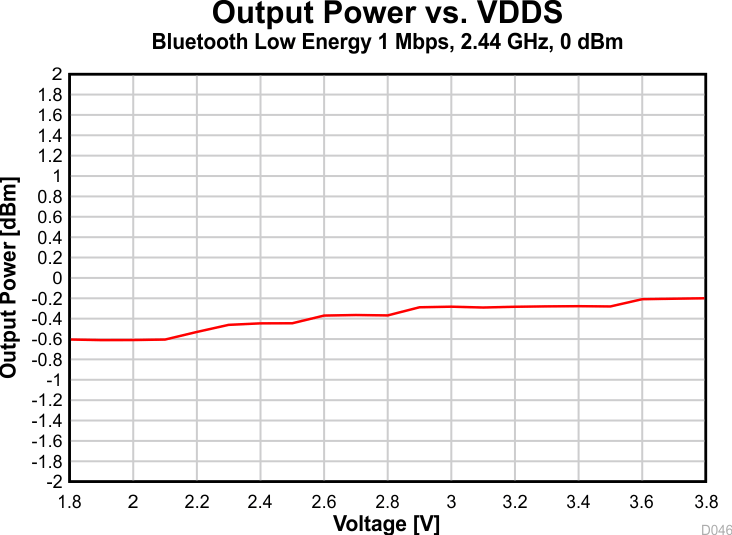 Figure 7-43 Output Power vs. Supply Voltage (VDDS) (Bluetooth Low Energy 1 Mbps, 2.44
GHz)
Figure 7-43 Output Power vs. Supply Voltage (VDDS) (Bluetooth Low Energy 1 Mbps, 2.44
GHz)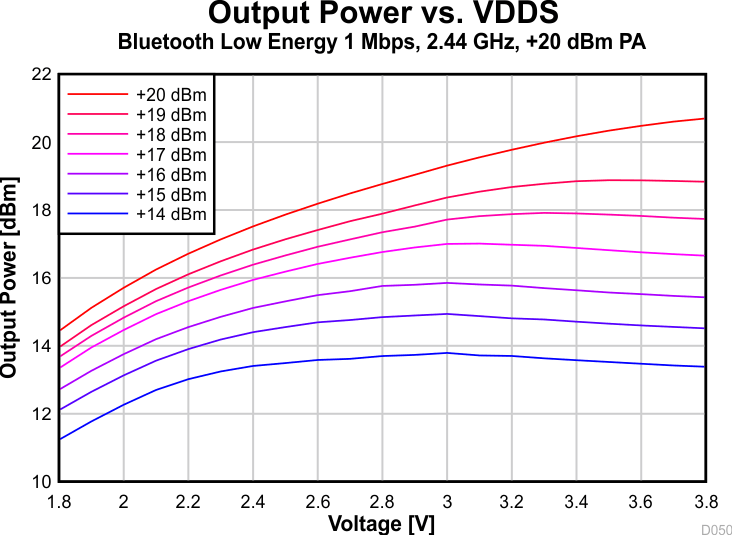 Figure 7-45 Output Power vs. Supply Voltage (VDDS) (Bluetooth Low Energy 1 Mbps, 2.44 GHz, +20
dBm PA)
Figure 7-45 Output Power vs. Supply Voltage (VDDS) (Bluetooth Low Energy 1 Mbps, 2.44 GHz, +20
dBm PA)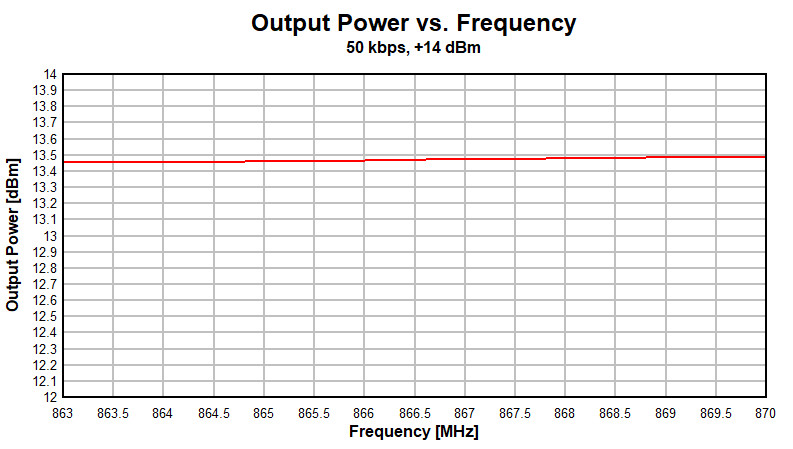 Figure 7-47 Output Power vs. Frequency (50 kbps, 868 MHz)
Figure 7-47 Output Power vs. Frequency (50 kbps, 868 MHz)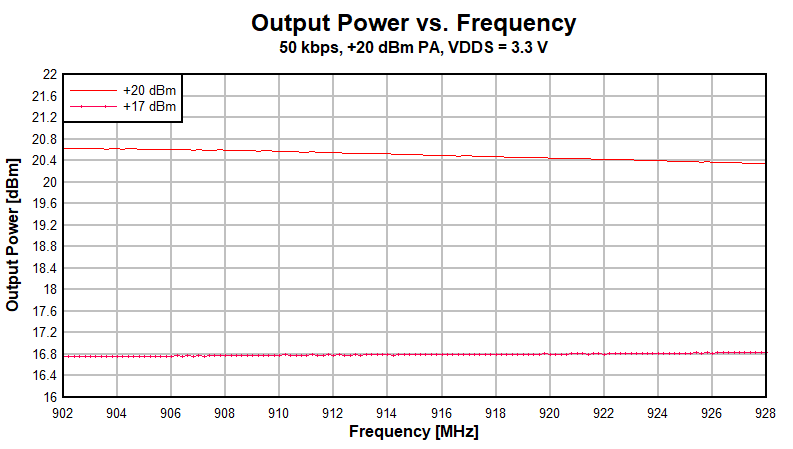 Figure 7-49 Output Power vs. Frequency (50 kbps, 915 MHz, VDDS = 3.3
V)
Figure 7-49 Output Power vs. Frequency (50 kbps, 915 MHz, VDDS = 3.3
V)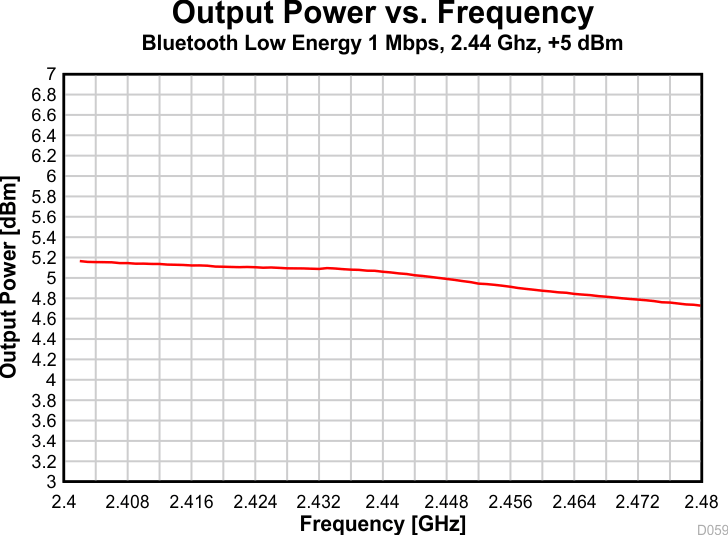 Figure 7-51 Output Power vs. Frequency (Bluetooth Low Energy 1 Mbps, 2.44 GHz, +5 dBm)
Figure 7-51 Output Power vs. Frequency (Bluetooth Low Energy 1 Mbps, 2.44 GHz, +5 dBm)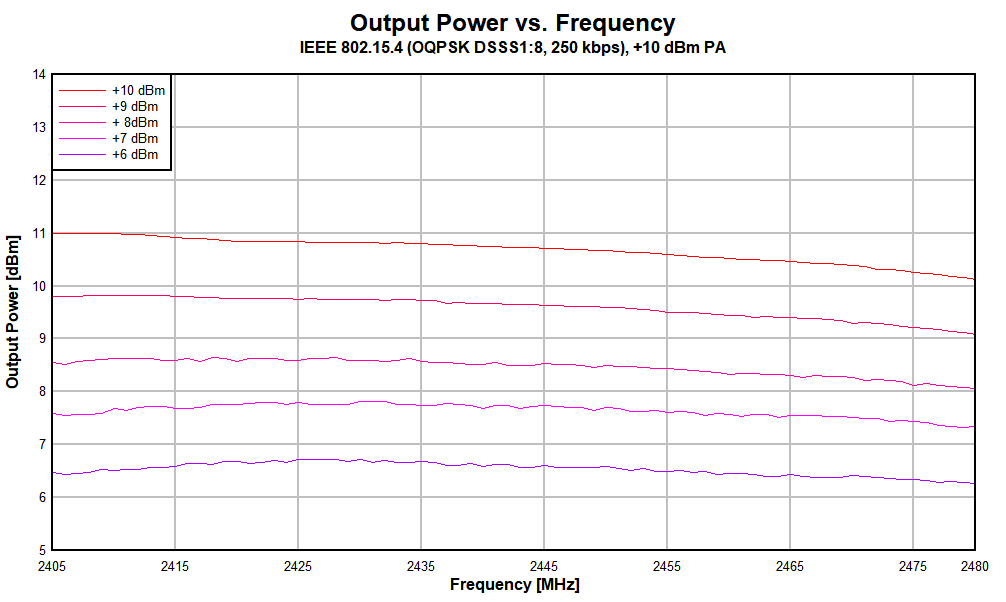 Figure 7-53 Output Power vs. Frequency (250 kbps, +10 dBm PA)
Figure 7-53 Output Power vs. Frequency (250 kbps, +10 dBm PA)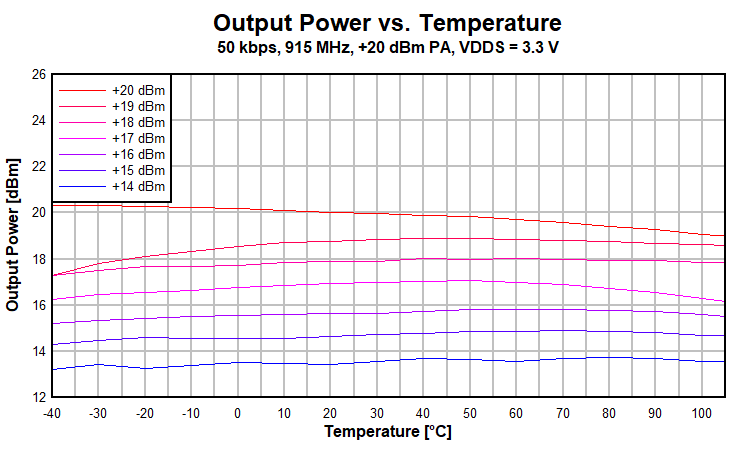 Figure 7-36 Output Power vs. Temperature (50 kbps, 915 MHz)
Figure 7-36 Output Power vs. Temperature (50 kbps, 915 MHz)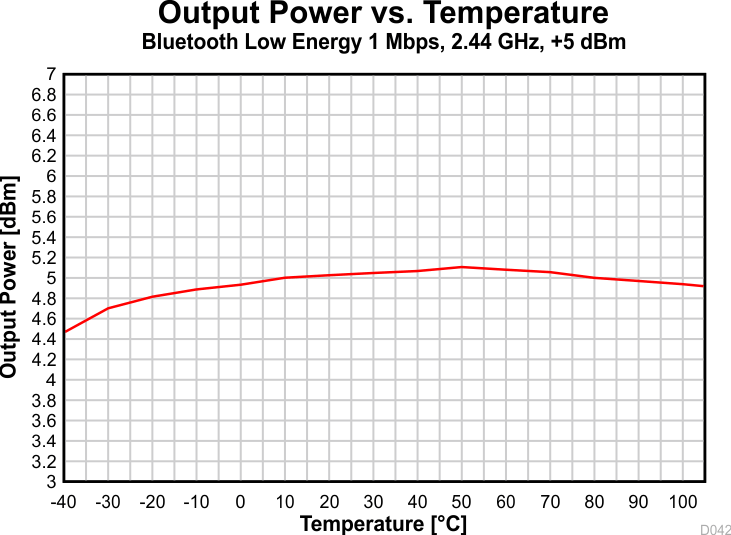 Figure 7-38 Output Power vs. Temperature (Bluetooth Low Energy 1 Mbps, 2.44 GHz, +5
dBm)
Figure 7-38 Output Power vs. Temperature (Bluetooth Low Energy 1 Mbps, 2.44 GHz, +5
dBm)Figure 7-40 Output Power vs. Temperature (2.44 GHz, +10 dBm PA)
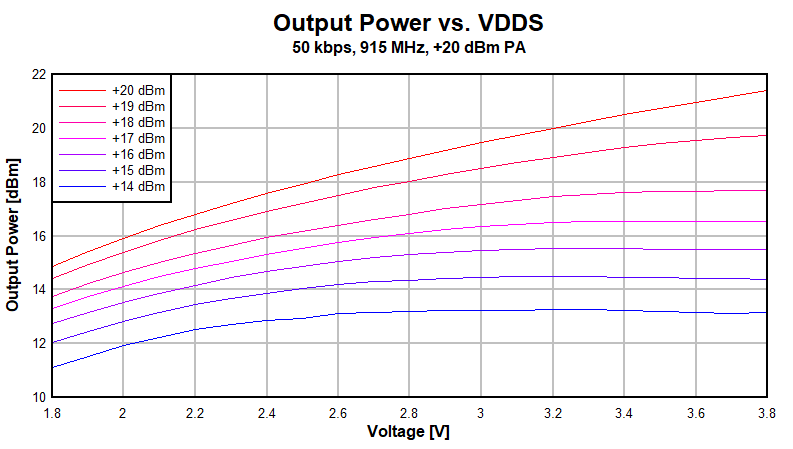 Figure 7-42 Output Power vs. Supply Voltage (VDDS) (50 kbps, 915 MHz)
Figure 7-42 Output Power vs. Supply Voltage (VDDS) (50 kbps, 915 MHz)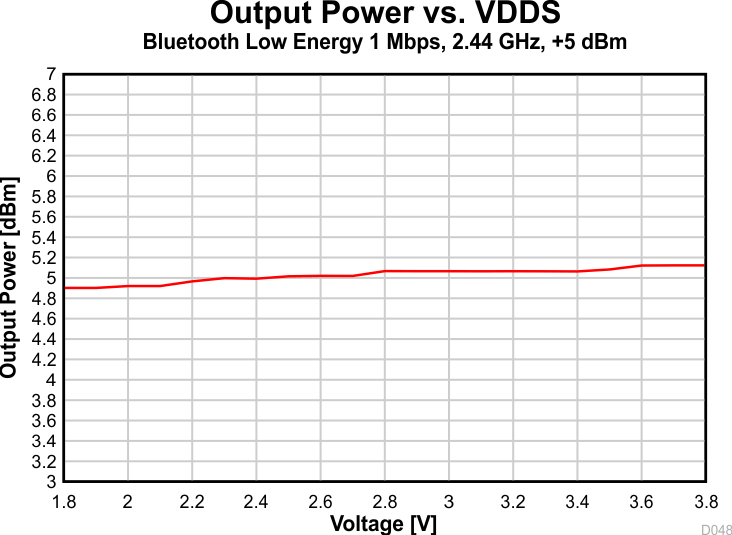 Figure 7-44 Output Power vs. Supply Voltage (VDDS) (Bluetooth Low Energy 1 Mbps, 2.44 GHz, +5
dBm)
Figure 7-44 Output Power vs. Supply Voltage (VDDS) (Bluetooth Low Energy 1 Mbps, 2.44 GHz, +5
dBm)Figure 7-46 Output Power vs. Supply Voltage (VDDS) (2.44 GHz, +10 dBm PA)
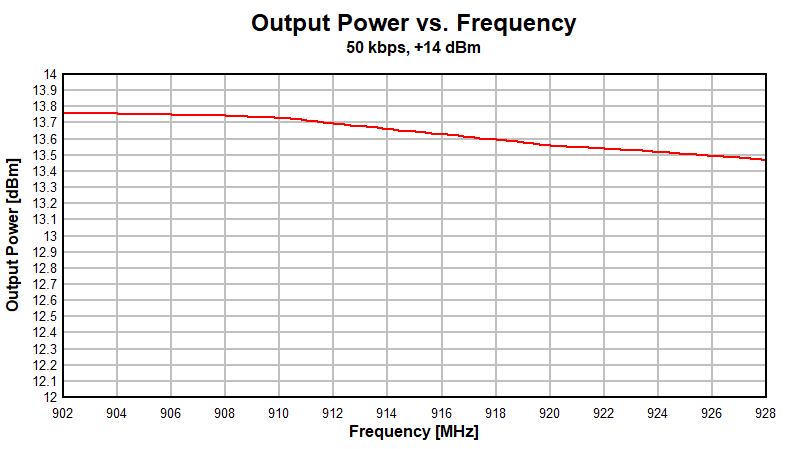 Figure 7-48 Output Power vs. Frequency (50 kbps, 915 MHz)
Figure 7-48 Output Power vs. Frequency (50 kbps, 915 MHz)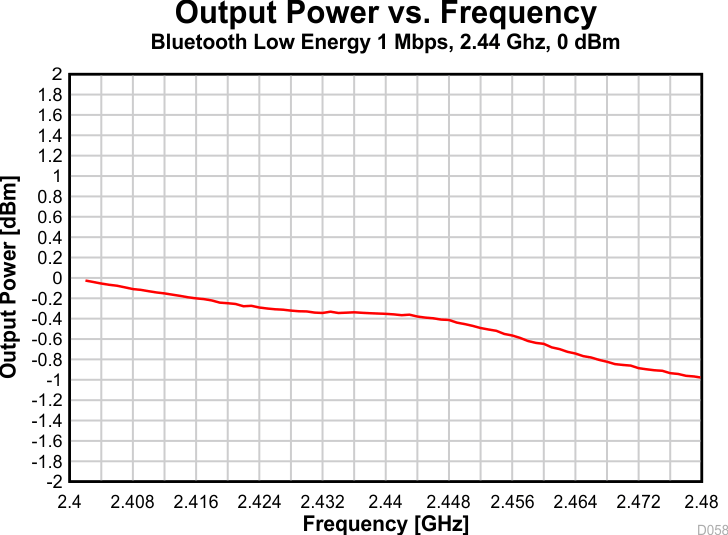 Figure 7-50 Output Power vs. Frequency (Bluetooth Low Energy 1 Mbps, 2.44 GHz)
Figure 7-50 Output Power vs. Frequency (Bluetooth Low Energy 1 Mbps, 2.44 GHz)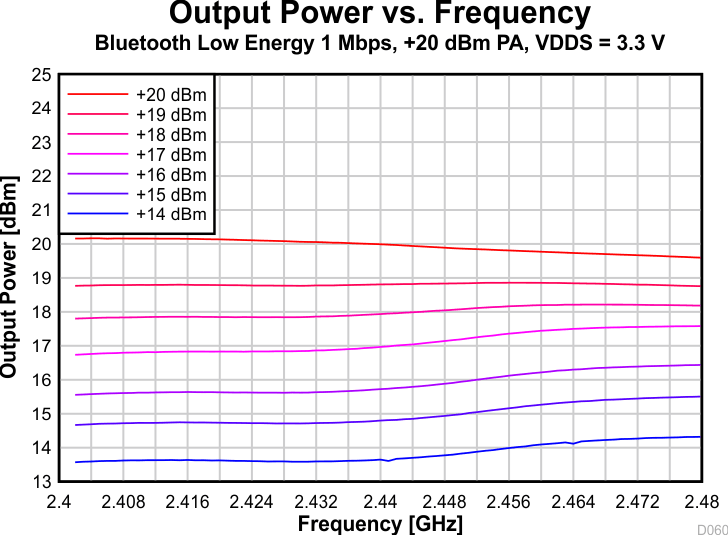 Figure 7-52 Output Power vs. Frequency (Bluetooth Low Energy 1 Mbps, 2.44 GHz, +20 dBm
PA)
Figure 7-52 Output Power vs. Frequency (Bluetooth Low Energy 1 Mbps, 2.44 GHz, +20 dBm
PA)